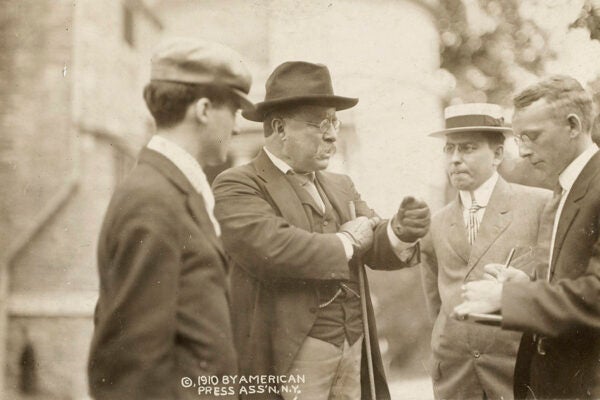How do people assign meaning and weight to past events? Sociologists have coined the term “collective memory” to describe it. And it turns out that collective memory doesn’t just dictate the way groups recall the past en masse. Rather, wrote Jeannette A. Bastian, an event’s “memory trajectory” also influences the ways archivists preserve history—and opens up opportunities to contextualize and document more than just an event.
Bastian looked at the 1892 Homestead Strike for clues on how the public remembers the past and the role archivists play in the retrieval and construction of those memories. The strike, which pitted steelworkers against strikebreakers and the Pinkerton cops hired by the Carnegie Steel Company, turned into a bloody altercation that became a defining moment in American labor history.
Archivists rely on things like newspaper accounts, books, narratives, songs, and films to document often conflicting accounts of past events. Though no centralized Homestead archive exists, archival collections from around the United States provide context and color to what occurred.
But Bastian says that archives don’t go far enough in their coverage of ordinary people. Though documents are constantly unearthed, she points to a disconnect in terms of memory. While some archivists may not see it as their job to document memory, Bastian posits that “records facilitate collective memory while they also hold it historically valuable. In turn, collective memory can elucidate and add value to records.”
She suggests that archives document memory itself, adopting fluid processes that bind together the event and its context. For example, archivists could use traditional methods to better contextualize events and then call on members of the public to add to that context.
Since Bastia wrote her piece in 2009, many archives have risen to the challenge. For example, a volunteer committee of historians, anthropologists, political scientists, and data scientists have set out to document the “Arab Spring” with an interdisciplinary approach that includes social media, web archiving, interactive timelines, data mining, and physical collections. Perhaps the archive of the future will consider collective memory to be inseparable from the documents surrounding the event itself.







